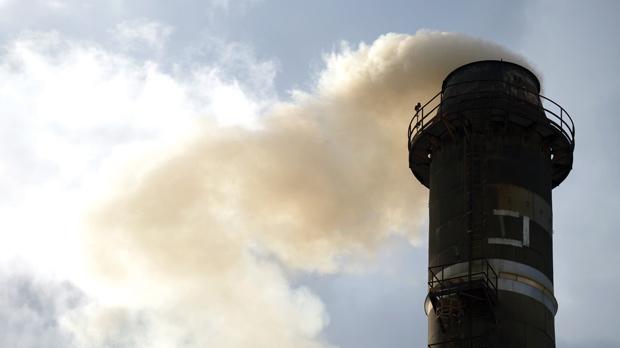
The power station is not the only source of Malta’s air pollution problems. Photo: Matthew Mirabelli
Public concern on air pollution is justified because of the high incidence of respiratory diseases in the country, according to the Medical Association of Malta, in the wake of a World Health Organisation study defining air pollution as the world’s “single biggest environmental health risk”.
WHO reports air pollution killed around seven million people, which was nearly one in eight deaths globally in 2012.
The finding more than doubles previous estimates and establishes the link between pollution exposure and cardiovascular diseases, such as strokes, as well as cancer.
This is in addition to air pollution’s role in the development of respiratory diseases.
“The risks from air pollution are now far greater than previously thought or understood, particularly for heart disease and strokes,” said Maria Neira, director of WHO’s Department for Public Health, Environmental and Social Determinants of Health.
“Few risks have a greater impact on global health today than air pollution; the evidence signals the need for concerted action to clean up the air we all breathe.”
WHO said excessive air pollution is often a by-product of unsustainable policies in sectors such as transport, energy, waste management and industry.
The share of people in Malta who report being exposed to pollution is more than twice the EU average, with more than 40 per cent of the population complaining about air quality compared to the European average of 15 per cent, according to Eurostat.
MAM secretary Martin Balzan said this was a valid concern.
“The public in Malta is very conscious about air quality and this is justified by the prevalence of respiratory diseases, which is among the highest in the world.
“For hay fever, the incidence rate is four in 10, while for asthma it is up to one in three.”
The respiratory specialist told Times of Malta that the source of the problem is not limited to the power station.
Malta breached EU pollution limits by exceeding the permitted levels of nitrogen oxide (NOx), the European Environment Agency (EEA) said this week. The source is mainly persistently high vehicle emissions.
“Heavy metals pollution (nickel, vanadium and cadmium) are highest in the areas close to Marsa, suggesting the power station is the source.
“NOx, on the other hand, increases with traffic flows. It’s also known to contribute to respiratory diseases. What you breathe is a combination of chemicals,” Dr Balzan said.
Environmentalist Edward Mallia spoke of a “steady deterioration” in air quality over the years, mostly due to a lack of political will.
“The speeches on the need to protect the environment abound, but we have not really improved. In reality, we’re still struggling even though problems are obvious.”
He added that the conversion of the Delimara power station to gas would help suppress emissions and particulate matter.
However, more needs to be done, particularly on vehicle emissions.
Meanwhile, the Bicycling Advocacy Group expressed its concern on air pollution results published by the EEA, and called on the government to launch a ‘Fair Air’ campaign aimed at catching vehicle polluters in the act.
Environment Minister Leo Brincat agreed on the need to tackle vehicle emissions, while pointing to the benefits to air quality that the power station’s switch to gas would bring.
He said tackling air pollution would be one of the “overriding objectives” when the Environment and Resources Authority is set up.
This will occur after the split of Mepa’s planning and environment functions, launched for public consultation this week.
Friday, March 28, 2014, 00:01 by Caroline Muscat (Times of Malta)



